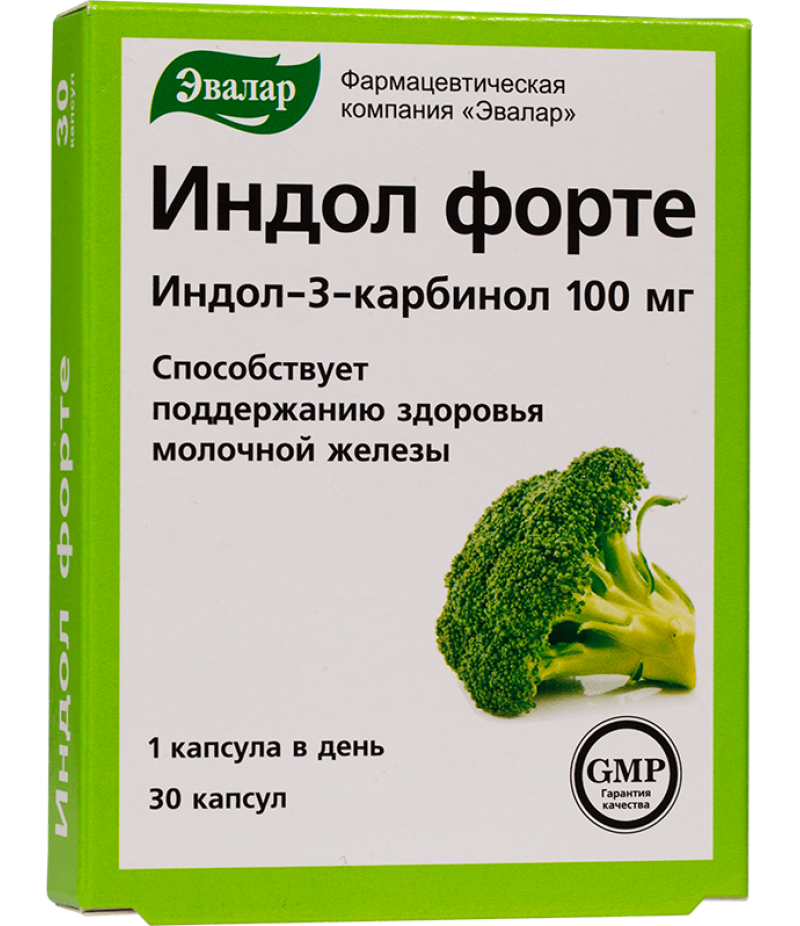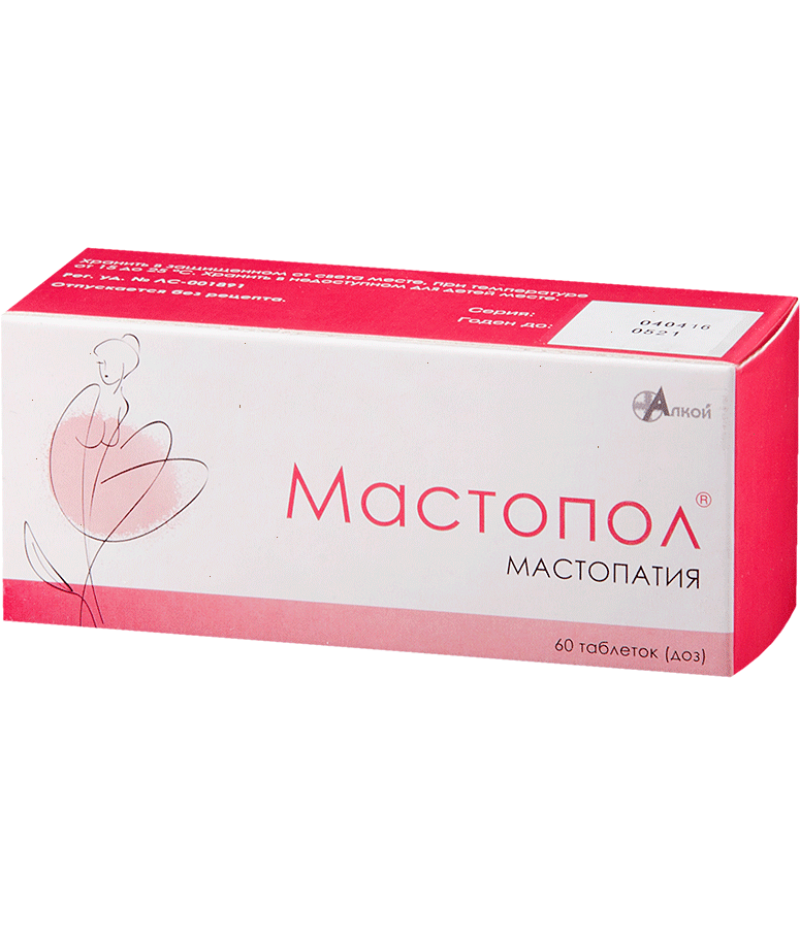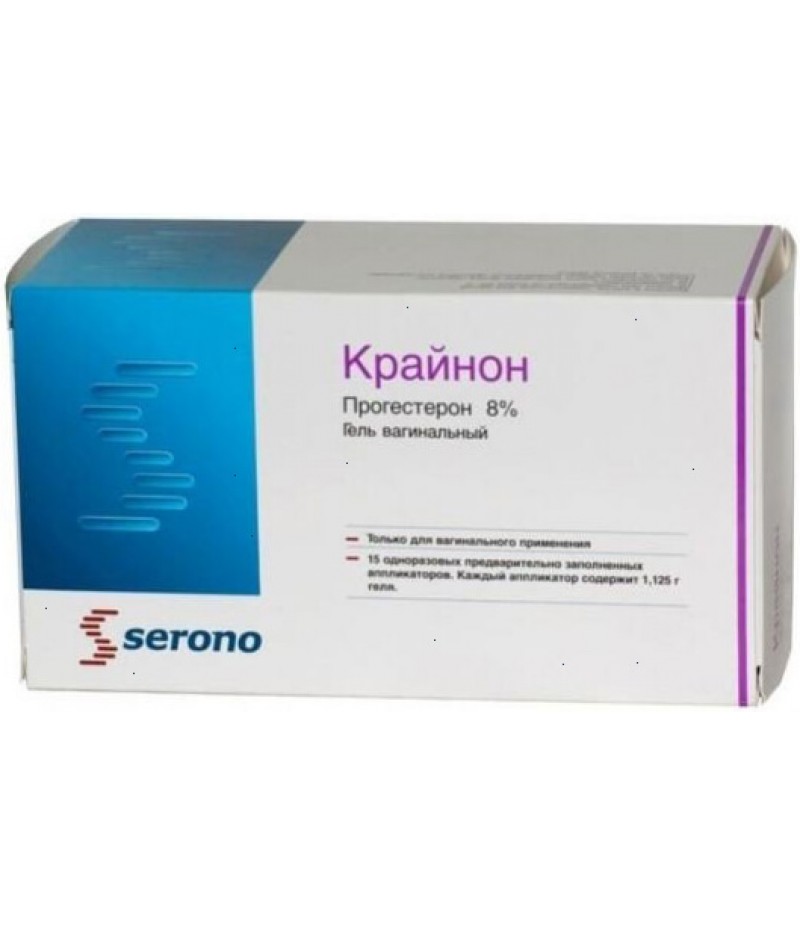Utrogestan 100mg #28
- $23.42
- Availability:In Stock
Instruction for UtrogestanYou can buy Utrogestan hereCompositionOne capsule contains 100 or 200 mg of progesterone extracted from yams (in micronized form), as well as peanut oil (Arachis hypogaea), lecithin (Lecithin) soy, glycer..
Tags: caps
Instruction for Utrogestan
You can buy Utrogestan here
Composition
One capsule contains 100 or 200 mg of progesterone extracted from yams (in micronized form), as well as peanut oil (Arachis hypogaea), lecithin (Lecithin) soy, glycerin (Glycerol), gelatin (Gelatin), E171 (titanium dioxide) .
pharmachologic effect
Progestogen.
Pharmacodynamics and pharmacokinetics
Pharmacodynamics
The effects of Utrogestan are due to the properties of the progesterone contained in it, which is an analog of natural biological progesterone produced by the yellow body of ovaries after ovulation, and also - in pregnant women - by the placenta.
Under the influence of progesterone, the lining of the uterus lining the mucosa thickens and becomes secretory, which facilitates the fixation of a fertilized egg in it and the normal development of pregnancy in the future.
In pregnant women, progesterone reduces the contractility and excitability of the muscles of the uterus and fallopian tubes.
It blocks the secretion of the regulating release of FSH and LH hormones of the pituitary gland, suppresses ovulation and the production of gonadotropins by the pituitary gland. Androgenic properties are not found.
Pharmacokinetics for oral administration
The plasma concentration of progesterone begins to rise from the first hour after taking the capsules and reaches its maximum values after 1-3 hours. After an hour, this figure is 4, .25, after two hours - 11.75, after four hours - 8.37, after six hours - 2, and after eight hours - 1.64 ng / ml.
Two-thirds of the dose of progesterone taken is metabolized in the liver. In urine, mainly pregnenolone and pregnanediol are found (metabolites are identical to those formed during physiological secretion).
These progesterone derivatives play an important role in the formation and exchange of other steroid hormones. From 15 to 60% of the metabolic products are excreted by the kidneys, a little less than a third - with feces.
Pharmacokinetics for intravaginal application
Progesterone with parenteral absorption is absorbed into the mucosa. Absorption is fast. Plasma concentration begins to rise from the first hour after application of the drug. The highest level reaches in 1-3 hours.
Application of capsules at night Utrogestangestan 100 mg allows to achieve and maintain a stable and physiological concentration of progesterone in the plasma, which corresponds to that in the phase of the yellow body (luteal phase) of the cycle in women with normal ovulation.
Thus, the drug stimulates adequate maturation of the internal mucosa of the uterus and promotes normal implantation of the embryo.
The use of a dose exceeding 200 mg / day, intravaginal application of Utrogestan does not allow achieving a plasma level of progesterone, which would be identical to that in the first 3 months of pregnancy.
The metabolic products in urine and blood plasma are identical to the metabolic products that are found in physiological fluids during the formation of endogenous progesterone.
About 95% of the dose is excreted as metabolites (the main one is pregnanediol) with urine.
Indications for use
Utrogestan: what is it taken for?
A midwifery practice, Utrogestan is used to prevent the threat of miscarriage or an ordinary miscarriage against the background of luteal phase (NLF) deficiency, as well as to prevent the threat of premature birth.
Also, oral administration of the drug is indicated in gynecological disorders associated with progesterone deficiency, including PMS, malfunctioning of the menstrual cycle (dis- or anovulation), breast FKB, pre-menopausal conditions; infertility caused by luteal insufficiency; HRT in women with menopausal disorders (in combination with estrogen-containing drugs).
Indications for the use of Utrogestan vaginally
Like suppositories, Utrogestan is used:
with hormone replacement therapy with non-functioning ovaries within the oocyte donation program;
with IVF (to maintain the phase of the yellow body at the stage of preparation for the fertilization of the egg);
to maintain the phase of the yellow body in the induced / spontaneous cycle;
for prevention of spontaneous / habitual miscarriage caused by gestagenic insufficiency;
with endocrine infertility;
with endometriosis;
with uterine myoma;
if there are restrictions for the oral administration of the drug or if it is not possible.
Contraindications
Contraindications to the use of Utrogestan:
marked violations of the liver;
vaginal bleeding of an unclear nature;
incomplete / unsuccessful abortion;
cerebral hemorrhage;
thromboembolic disorders;
thrombophlebitis;
neoplasia of the genitals / mammary glands (confirmed or suspected);
porphyria;
hypersensitivity to any of the substances contained in the capsules.
Side effects of Utrogestan
Side effects of Utrogestan during oral administration are most often manifested as:
changes in the cycle of menstrual bleeding;
bleeding beginning in the middle of the cycle;
amenorrhea;
headache.
Less often noted:
transient dizziness;
drowsiness;
itching;
mammalgia;
acne;
diarrhea / constipation;
vomiting;
cholestatic jaundice.
In rare cases, nausea may appear.
To the category of extremely rare (no more than 1 in 10 thousand women) side effects include depressive conditions, chloasma, urticaria.
Also, the likelihood of a change in libido, the appearance of chest discomfort and / or symptoms characteristic of PMS, hyperthermia, alopecia, insomnia, hirsutism, pulmonary embolism, venous thromboembolism, weight change, gastrointestinal disorders, fluid retention, hypersensitivity reactions of anaphylactic type.
Transient dizziness and / or drowsiness is especially pronounced with concomitant hypoestrogenia. To eliminate these phenomena (without reducing the therapeutic effect), it is usually sufficient to increase the dosage of estrogen or reduce the dose of the drug.
If treatment is started before the 15th day of the cycle, the cycle may be shortened. There may also be occasional bleeding.
If tablets are introduced into the vagina, the side effects are expressed as hypersensitivity reactions (hyperemia, itching, burning) and the appearance of oily discharge.
Reviews of side effects of Utrogestan (including during pregnancy) allow us to conclude that the greatest number of unpleasant phenomena occurs after taking the capsules inside. To reduce their severity, capsules should be taken at bedtime or switched to an intravaginal route of administration.
Capsules Utrogestan: instructions for use
The way of application, as well as instructions on how to take Utrogestangestan better, how long to continue treatment and how to cancel a drug, depend on indications for use and clinical manifestations of pathology.
Instructions for use
Inside, as a rule, the drug is prescribed to take in a dose of 200-300 mg / day. On the main (in the evening hours, before going to bed) the intake is 200 mg, in the morning (if necessary) take another 100 mg.
In case of luteal insufficiency (PMS, FKB, premenopause, cycle failures), tablets are taken with ten-day courses starting from the 17th day of the cycle.
With HRT in the menopausal period, because individual therapy with estrogen-containing medications is not recommended, Utrogestangestan is used as an adjunct to the main treatment.
Start taking the drug should be 7 days after the start of each course of HRT. Duration of application - 2 weeks. It should be remembered that during the HRT may be bleeding cancellation.
To prevent premature birth (PR), the drug is taken 3-4 r. / Day, at regular intervals. Single dose 400 mg. After the disappearance of clinical manifestations of the threat of PR, the dose is gradually reduced to a maintenance dose of 600 mg / day: the capsules continue to take one 3 r. Per day.
As to what week to take the drug, the instructions give the following recommendations: taking during pregnancy at a dose of 600 mg / day. it is possible until 36 weeks.
Use of progesterone for a period exceeding 36 weeks is not recommended.
How correctly to enter capsules Utrogestan intravaginally?
Capsules are inserted into the vagina as deeply as possible. The average daily dose of the drug for intravaginal application is 200 mg (1 capsule 200 mg 1 dose / day or 2 capsules 100 mg 2 times / day). If necessary, you can use the applicator for more convenience.
Depending on the reaction of the woman to the prescribed treatment, the dose may be increased.
With partial NLP ("ovulation syndrome," cycle failures), Utrogestangestan is used for 10 days at a dose of 200 mg / day. Treatment begins with the 17th day of the cycle.
With complete NLF in women with missing (non-functioning) ovaries (donation of oocytes), 100 mg of progesterone is prescribed in the morning and evening from the 15th to the 25th day of the menstrual cycle.
If pregnancy is confirmed on the 26th day of the cycle, then the dose is gradually increased by 100 mg / day, bringing it up to a maximum of 600 mg / day. (one capsule of 200 mg for each dose).
In such a dosage, the Utrogestan suppositories continue to be used up to 60 days.
During the ECO cycle, 1 capsule of 200 mg is administered once every 8 hours.
In pregnancy, when there is a possibility of its interruption, as well as to prevent a habitual miscarriage associated with a deficit of progesterone, a woman up to 12 weeks should be injected every 12 hours with 100 or 200 mg of progesterone.
It is very important to correctly insert capsules into the vagina, especially when the drug is prescribed for hormonal support for IVF. Before you enter the capsule, you should lie down on the bed, putting the pillow under your buttocks and lower back, spread your legs widely and place the tablet in the vagina as deep as possible.
After this, in order that the active substance of the preparation has time to absorb into the required volume, it is recommended to remain in bed in the same position for 15 minutes to an hour.
Overdose
Symptoms of overdose may manifest symptoms of the side effects of the drug: drowsiness, euphoria, dizziness, metrorrhagia, shortening the duration of the cycle, dysmenorrhea.
For some women, the standard dose may be too high because of the available or secondary endogenous secretion of progesterone, hypersensitivity to Utrogestan or the concomitant reduced level of estradiol in the blood.
When there is transient dizziness or drowsiness, it is enough to reduce the dose of progesterone or prescribe the drug in the evening hours (before bedtime).
With a reduction in the cycle and metrorrhagia, the beginning of treatment is postponed to a later day of the cycle (for example, from 17 to 19 days).
In patients receiving HRT in the premenopause, it is necessary to control the level of estradiol.
Interaction
Women who are prescribed estrogen-containing medications during the menopause are advised to start taking progesterone no later than the 12th day of the cycle.
If the drug is combined with β-adrenomimetics when treating the threat of PR, the latter can be used in a smaller dose.
The simultaneous use of other drugs may disrupt the pharmacokinetics of progesterone, thereby causing an increase or, conversely, a decrease in its concentration in the plasma and, thus, leading to a change in the action of the drug.
Drugs that powerfully induce liver enzymes (antiepileptics, barbiturates, phenylbutazone, griseofulvin, rifampicin, spironolactone) contribute to an increase in the metabolism of progesterone in the liver.
Individual antibiotics (in particular, tetracyclines, ampicillins) can disrupt the balance of the intestinal microflora, as a result of which the enterohepatic steroid cycle can change.
It is known that these drug interactions are individual and can differ significantly in different categories of patients. It is impossible to predict their possible clinical manifestations unambiguously.
All progestational drugs have the property of reducing glucose tolerance, which may necessitate an increase in a single dose of oral hypoglycemic agents and insulin in patients with diabetes mellitus.
Smoking contributes to a decrease in the bioavailability of progesterone, and alcohol increases it.
Storage conditions
Capsules should be stored at a temperature not exceeding 25 ° C.
Shelf life - Three years.
special instructions
Treatment in the recommended doses does not provide a contraceptive effect.
Because of the likelihood of metabolic disorders and thromboembolic complications, it is necessary to cancel the drug when:
visual impairment, including its loss, double vision, vascular lesions of the retina, edema of the optic nerve, proptosis;
thrombotic or thromboembolic venous complications (regardless of which area is affected);
headache of high intensity, migraine.
Patients with thrombophlebitis in a history should be under constant medical supervision.
Absence of menstruation on the background of treatment by Utrogestan requires tests to confirm or exclude pregnancy, which can be the cause of amenorrhea.
More than 50% of spontaneous abortions in the early stages of pregnancy are caused by genetic complications. In addition, the cause of abortion can be mechanical disorders and infectious diseases. In such cases, the use of progesterone drugs is justified only in cases where there is a delay in the expulsion of the fetal egg.
Proceeding from this, the appointment of Utrogestan on the recommendation of a gynecologist should be provided for cases when the body of a woman produces an insufficient amount of progesterone.
Capsules should not be taken with food. Optimum time of reception - before a dream. Simultaneous eating increases the bioavailability of Utrogestan.
Some women are interested in whether the drug affects the level of hCG. Doctors say that Utrogestangestan does not change the results of a blood test for HCG.
Utrogestan follows - what to do?
All patients note that with intravaginal application the drug follows. The manufacturer and doctors say that such a phenomenon is the norm. The appearance of oily discharge is associated with the dosage form of Utrogestan and its composition, which contains fatty substances - vegetable oil and soy lecithin.
Some women worry that this may reduce the effectiveness of Utrogestan. However, doctors here also hasten to reassure, assuring that it is not the active substance that flows, but only the capsule shell.
In some cases, when the drug is applied several times a day, the doctor can recommend intravaginal administration only 1 rub. / Day - before bed, and at other times - in the morning and in the afternoon - oral capsules.
Morning and monthly
Utrogestan is prescribed for correction of cycle disorders caused by deficiency of endogenous progesterone, as well as for correction of disorders caused by excessive production of estrogens.
Delay of menstruation on the background of the use of medication may indicate pregnancy. In this case, a woman must necessarily give blood to determine the level of hCG or make a pregnancy test.
The situation when there is no monthly after the use of the drug may also be a consequence of the "blind" support of the second phase of the cycle, when the time of ovulation is not taken into account.
Women who plan pregnancy, doctors recommend taking Utrogestan not from the 16th day, but one day after ovulation.
Progesterone preparations can be used to call for monthly. Menstrual bleeding is caused by the effect of canceling Utrogestan. The onset of menstruation usually occurs on the 2-10th day after discontinuation of capsules.
Analogues of Utrogestan
Structural analogue: Progestogel.
Compatibility with alcohol
Alcohol increases the bioavailability of the drug.
Pregnancy in pregnancy
Does Utrogestan help to get pregnant?
When planning pregnancy, pregnancy control is necessary, when in the course of the analyzes a failure of the 2-phase cycle is detected.
The use of the drug stimulates the formation of the endometrium of the secretory type, facilitates the transition of the mucous uterus from the proliferative to the secretory phase, and then, when fertilization occurs, its transition to the optimal state for the development of a fertilized egg.
Endometrium swelling under the influence of Utrogestan becomes loose, making it easier for the egg to gain a foothold on the uterine wall.
In addition, Wikipedia indicates that progestins also contribute to a decrease in excitability and contractility of the uterus and fallopian tubes, prevent an increase in the concentration of estrogens in phase 2 of the cycle and promote nervous relaxation, thus creating conditions that are favorable not only for conception but also for maintaining normal course of pregnancy.
Analyzing the feedback on who helped to get pregnant with Utrogestangestan, we can conclude that the drug is effective in those situations where the cause of infertility is the low level of endogenous progesterone. If there are no other obstacles to conception, pregnancy against the background of the use of the medicine comes fairly quickly.
How to take a drug when planning a pregnancy?
Recommendations on how to take Utrogestangestan to become pregnant are due to the severity of the deficiency of endogenous progesterone.
As a rule, when trying to get pregnant the drug is taken within ten days in each cycle, starting from the 16th day. On the 25-26th day, a pregnancy test or blood test should be done to determine the level of hCG.
If the pregnancy is not confirmed, the drug is stopped and resumed in the new cycle, adhering to the same regimen.
If there are reasons to suspect a pregnancy, stop taking Utrogestan is impossible - a sharp cancellation during pregnancy can cause it to spontaneously interrupt. If the test gave a positive result, the drug is continued until 12-16 weeks.
In case of threat of miscarriage, intravaginal administration of capsules is recommended, since this method of application allows achieving the concentration of progesterone necessary for maintaining pregnancy precisely on the walls of the uterus.
Women whose ovaries do not produce progesterone at all, Utrogestan is prescribed intravaginally according to the following scheme:
100 mg / day. on days 13 and 14 of the cycle;
200 mg / day, divided into 2 doses, from 15 to 25 days;
from 200 to 800 mg / day. (the dose is increased daily by 100 mg to the maximum) - from the 26th day (provided that the pregnancy has been confirmed).
How is pregnancy taken during pregnancy?
Utrogestan application during pregnancy does not have a negative effect on the fetus. If necessary, after the third month of pregnancy, control of the functional state of the liver is necessary.
There is evidence that the use of progestogens in pregnant women to prevent a habitual / spontaneous miscarriage on the background of NFL may lead to the development of hypospadias.
In the early stages of the threat of miscarriage the drug is recommended to use vaginally, because with this method the therapeutic effect develops faster, and the load on the liver while minimizing. Also candles are recommended for women who suffer from severe toxicosis.
The treatment schedule and dosage for each particular patient are selected by the doctor individually.
When it comes to maintaining a pregnancy, the initial dose is usually 400 to 600 mg. Subsequently, the woman is transferred to maintenance treatment at a dose of 200 mg / day. up to 600 mg / day. If the therapy is ineffective, the dose may be increased to 0.8-1 g / day. Treatment usually lasts until 18-20 weeks.
In 2 and 3 trimester, Utrogestan's use is advisable when the clinic resumes the threat of termination of pregnancy, and also, in a situation where a woman develops ICI (ischemic-cervical insufficiency).
The method of introduction at such a time does not matter. The opinions of doctors and their patients allow us to conclude that the use of the drug in a daily dose of up to 300 mg to 36 weeks inclusive is equally effective both when taking the capsules inside, and when they are inserted into the vagina.
Until 34-36 weeks, until the uterine tone is removed, the capsules are taken orally 1 every 8 hours. Then the woman is prescribed maintenance treatment in a dose of 200 mg.
Side effects of the drug
The most common side effects of Utrogestan appear in the form of drowsiness, lethargy and dizziness. However, these unpleasant symptoms occur exclusively when taking the capsules inside.
Since Utrogestan is a hormonal drug, the question naturally arises - can you recover from it? Doctors say that taking capsules does not cause a change in body weight. This is due to the fact that the drug does not affect the metabolism of carbohydrates and lipids, and also does not retain liquid in the body.
Discharge during pregnancy after the drug (with intravaginal application) is not a side effect, if they do not have bloody impurities - it's just melted capsule shell. The appearance of bloody discharge requires dose adjustment.
How much should pregnancy take during pregnancy?
Precisely to tell or say, up to what term to accept Utrogestan at pregnancy in this or that case, the doctor can only. If the pregnancy occurred against the backdrop of treatment with progesterone, the capsules continue to take on average for 2 months, starting from the 26th day of the cycle in which the conception occurred.
How can I cancel a drug during pregnancy?
In pregnancy, Utrogestan is canceled by gradually reducing the dose, as a sharp cessation of treatment is fraught with spontaneous termination of pregnancy.
The cancellation scheme can provide for a dose reduction of three times a day by 50 mg or a weekly reduction of 100 mg.
What is better - Duphaston or Utrogestangestan during pregnancy?
Duphaston, like its analogue, is used to compensate for the deficiency of endogenous progesterone.
The main difference between the drugs is that the former is a synthetic analog of progesterone, and the second is the only progesterone to date, which is obtained from plant material.
The effectiveness of Dufaston and Utrogestan in planning pregnancy and in pregnant women is comparable.
The advantages of Dufaston are the absence of sedative action, which when exercised by Utrogestan is manifested by drowsiness and lethargy, as well as a long experience of use.
Advantages of Utrogestan are the ability to influence the exchange of androgens and suppress the effects of oxytocin, thereby improving the course of pregnancy.
Application in lactation
The ability of progesterone to penetrate into breast milk has not been studied, and therefore the use of the drug in the period of breastfeeding should be avoided.
Reviews about Utrogestan
On the forums, most of the feedback on Utrogestan is positive. The drug is effective in endometriosis, caused by a deficiency of progesterone cycle disorders, when planning pregnancy.
It also helps to normalize the hormonal background of a woman during the menopause and is used to maintain the 2-phase cycle, when the concept of IVF is used for conception.
Reviews about Utrogestangestan during pregnancy are also exceptionally positive. Most women believe that only through the use of the drug in the first weeks of pregnancy they managed to keep and endure the child.
The drug has a unique structure of the molecule, which normalizes the exchange of steroid male sex hormones that are present in the body of a pregnant woman, and thus contributes to the normal course of pregnancy and skin improvement.
The ability to interact with the same receptors with which androgens interact, makes it expedient to use Utrogestan, including in women suffering from hyperandrogenism.
Reviews of doctors and reviews of pregnant women taking Utrogestangestan in late pregnancy, allow us to conclude that one of the most important properties of the progesterone contained in it is its tocolytic activity.
In the late stages of pregnancy, tocolytic effect is especially necessary for women who do not tolerate antiprostaglandins and β-mimetics or have contraindications to the use of these drugs.
Advantages of the drug are different dosages of the active substance in the capsules (100 mg and 200 mg), as well as the possibility of using them inside and as vaginal suppositories.
The only drawback is, perhaps, side effects, which are manifested in the form of dizziness, lethargy and increased drowsiness. It should be noted, however, that such phenomena occur only when oral administration of Utrogestan.








